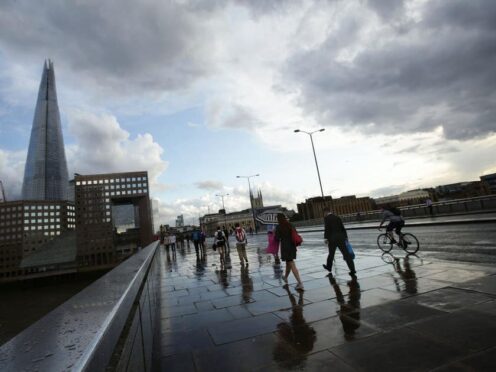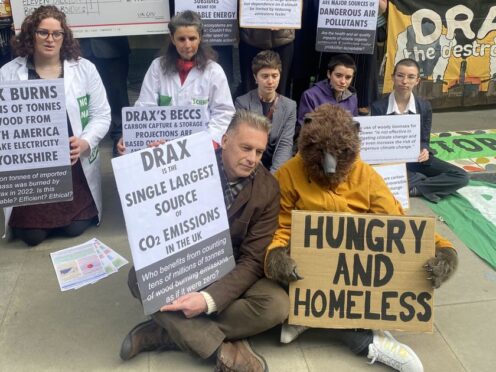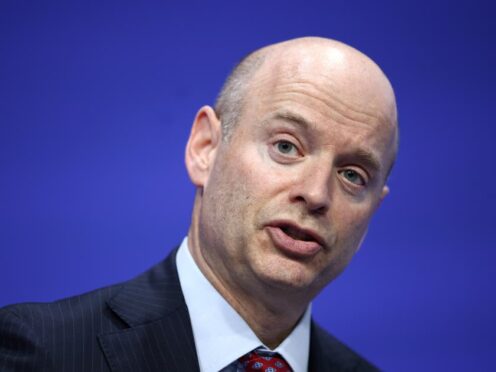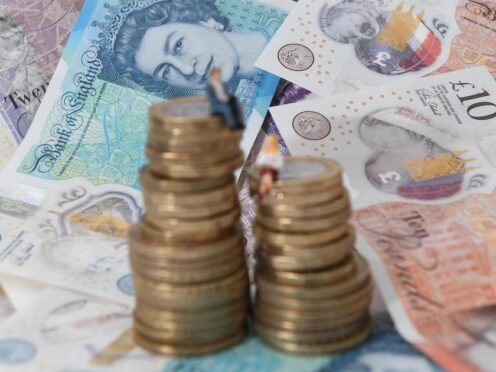With the UK Government set to announce the new budget in a matter of days, Max Chassels, Private Client Tax Director at Johnston Carmichael, explains what businesses could see…
Rishi Sunak will map out his next steps in the UK Government’s Covid-19 recovery on October 27 – just days before Glasgow’s hugely important COP26 conference begins on November 1.
Given the proximity of the two events, it would come as no surprise if the Chancellor were to announce additional tax reliefs and incentives to help drive the UK’s net-zero strategy. Climate change will clearly continue to dominate the news agenda over the coming weeks.
The question is – how will this focus on energy transition impact the local economy here in the north-east?
Aberdeen could be impacted more than usual given it’s a major oil and gas city and the UK Government will want to be seen to be leading the charge on energy transition going into such a crucial event.
Mr Sunak is likely to reward companies focused on energy efficiency, as well as looking to all businesses to support the financial recovery he believes can be achieved.
On the positive side, if he supports the journey to net-zero, growth opportunities could be created for energy businesses across the region.
Companies determined to make the transition and/or create new technologies could be the biggest winners in this.
There’s a lot of focus on offshore wind and tidal currently , which are typically massively capital-intensive projects. The Kincardine Offshore Windfarm, which is the world’s largest offshore floating wind farm, is set to deliver over 200 GWh of clean electricity off the north-east coast each year.
An option could be to reduce the cap on Corporate Interest Restriction, which limits the amount of tax relief these companies get on interest payments. These capital-intensive projects require significant borrowing, so it is possible there will be a softening of that to encourage further investment into infrastructure projects. There could also be further good news on more favourable Capital Allowance rules being brought in for such structures.
Young, entrepreneurial companies that develop energy efficient technologies could also benefit. Enhancements could be made to the Enterprise Investment Scheme (EIS) - investors have a limit of £1million per tax year that they can claim up to 30% tax relief on, but if that figure is increased it would encourage further investment into these companies to help their growth.
However, it is possible more traditional oil and gas companies could be negatively impacted – partly down to the wholesale gas price rocketing up.
A Windfall Tax might be introduced because producers across the world are likely to be making considerable profits from the rise. This tax could have a substantial impact on profits of businesses in that sector in the north-east if they had to pay HMRC a one-off, additional 5-10 per cent.
Tax on Furnished holiday Lets (FHL) could also be increased to bring them in line with regular rental properties. It’s no secret that many families in rural parts of the north-east are struggling to find affordable rental properties or get on the property ladder. This is largely driven by people buying second homes and using them as furnished holiday lets.
Increasing taxes on FHLs would not only bring them in line with regular rental properties, it would also make them a less attractive investment. This could potentially bring down the prices of homes to make it easier to get onto the property ladder or find a long-term rental property.
The Chancellor’s statement is unlikely to contain huge “headline announcements” that will affect everyone. He has already announced that employer’s and employee’s National Insurance will be raised by 1.25% next year, and it was previously confirmed that corporation tax would increase to 25% for companies with profits more than £250,000 the following year. Therefore, it could be a very technical or “stealth” budget, where the devil is in the detail.
When Mr Sunak revealed the details of his Spring Budget in March this year, he announced furlough would be extended until the end of September, and that the economy was forecast to return to pre-Covid levels by middle of 2022 – with growth of 7.3% next year.
Given support measures have only just been withdrawn, the Treasury will likely be cautious as the full fallout from the pandemic has not yet been seen for many businesses.
A business-friendly budget would be very welcome as current levels of support continue to fall away; it would be harmful if businesses were penalised in the short-term.
It is always difficult to predict exactly what will be said in these budget announcements, but although he has difficult decisions to make, I think companies that are focused on being more energy efficient should be cautiously optimistic about getting some favours from the Chancellor.
For more information, visit the Johnston Carmichael.










